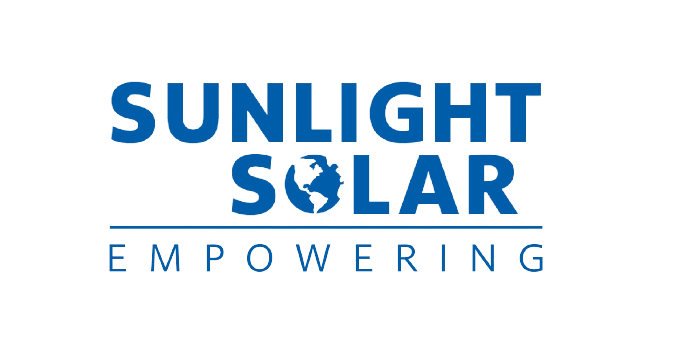There are so many options when going solar. While central inverters still tend to be the most widely used, power optimizers can be used in conjunction with them to increase a system’s production.
Power optimizers often seem to get lumped in with microinverters as an option for more complex roofs (gables, shading, different pitches, etc.). Both of them allow each panel to function on an individual level. They both aid in increasing the efficiency of a solar PV system. However, there are some major differences between them. While microinverters are just that- an inverter on the back of each panel, power optimizers are simply electronic controllers that track the maximum power point of each panel.
Power optimizers are generally a more cost effective alternative to microinverters. It also helps put less wear and tear on the inverter. The central inverter remains indoors away from the array, where it will not be subject to the elements or excessive heat from the sun hitting the roof.
Power optimizers and the inverters that go with them are achieving more visibility. Tesla has already announced that it will partner with Solaredge to integrate with their Powerwall battery backup.
With SolarEdge inverters, SolarEdge power optimizers automatically maintain a fixed string voltage, allowing installers even greater flexibility with longer strings and strings of different lengths in order to design optimal PV systems.
Like any component of a solar PV system, power optimizers may not make sense for every site. Your system designer can help you learn more about how power optimizers work and help determine if they are right for your property’s individual needs.
